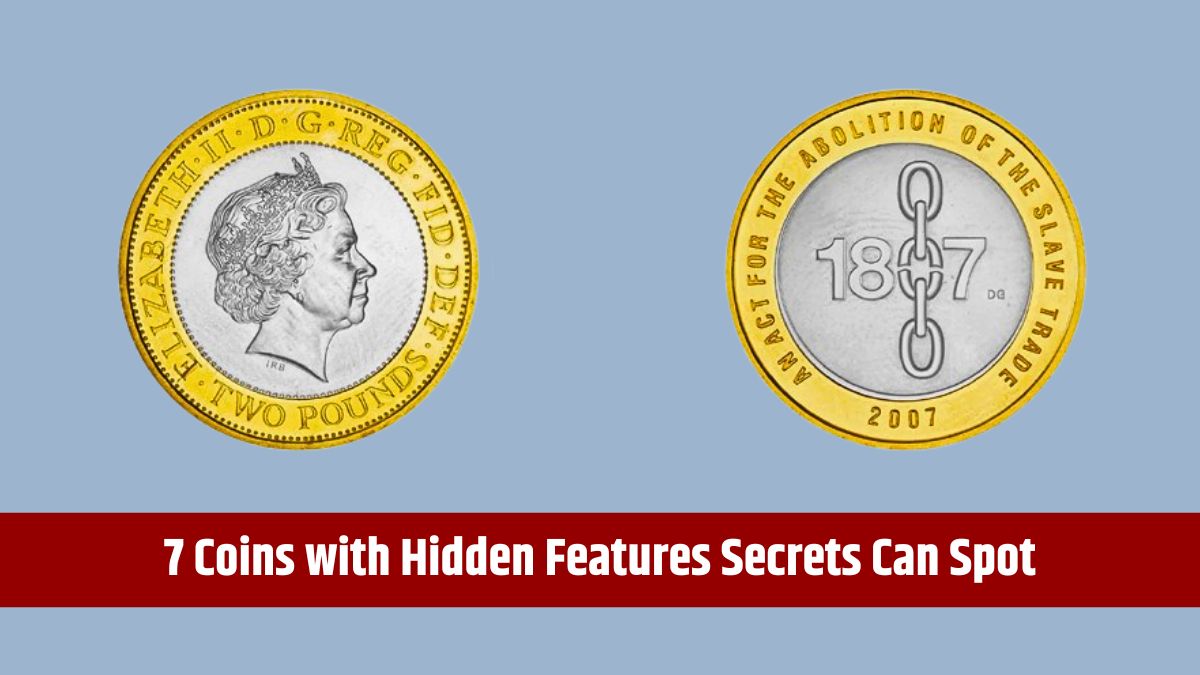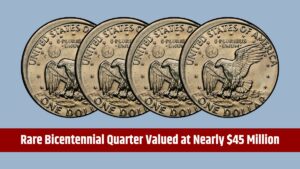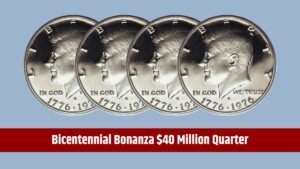Coins are fascinating not just for their face value but also for the intricate, hidden details embedded in their design. These subtle features—ranging from micro-engraving to advanced security elements—are often overlooked by casual observers but are of great interest to numismatists. Let’s look into seven coins with hidden features that only the keenest eyes can uncover.
U.S. Coins with Edge Lettering
Many U.S. coins feature unique engravings along their edges.
Examples:
- $1 Coins like the Sacagawea and Presidential dollars include inscriptions such as the mint year or “E Pluribus Unum.”
- The Kennedy Half Dollar has “In God We Trust” engraved along the edge, visible when tilted.
Purpose: Edge lettering was introduced historically to prevent clipping (shaving off metal) and to add a layer of security to modern coins.
Micro Engravings on the Euro
Euro coins, especially the €2 coins, carry tiny engravings that require magnification to be noticed.
Hidden Details:
- Mintmarks and country identifiers.
- Security-enhancing marks subtly integrated into the design.
These micro engravings make the Euro one of the most secure and intricately designed modern currencies.
Mintmarks Hidden on U.S. Coins
Mintmarks indicate where a coin was produced, but some are harder to spot.
Example:
- The 2019-W West Point Quarter featured the “W” mintmark, historically reserved for American Eagle coins.
Placement: Often found near the rim or subtly integrated into the design, mintmarks like these are easy to miss but highly sought after by collectors.
Canadian Maple Leaf’s Micro-Engraved Security
The Canadian Maple Leaf Coin is renowned for its anti-counterfeiting technology.
Feature:
- A micro-engraved maple leaf with a number visible only under a microscope.
Significance: This makes the Maple Leaf one of the most secure bullion coins in the world, deterring even the most skilled counterfeiters.
Hidden Inscriptions on British £2 Coins
The £2 commemorative coins from the UK often include secret inscriptions along their edges.
Examples:
- The 2007 £2 coin commemorating the Act of Union features edge lettering that’s hard to see without close inspection.
Purpose: These inscriptions enhance the design and help protect against counterfeiting.
Moose on the 2004 U.S. Nickel
The 2004 Westward Journey Nickel Series hides a moose in its design.
How to Spot It:
- The moose is part of a larger scenic design and is visible only when the coin is tilted under proper lighting.
Fun Fact: This hidden detail adds charm and intrigue to the coin, making it a collector’s favorite.
South African Krugerrand’s Helix Design
The South African Krugerrand, a renowned gold bullion coin, features a micro-helix pattern as a security element.
Feature:
- A spiral or helix design that requires magnification to detect.
Purpose: This intricate detail ensures the coin’s authenticity and protects it against counterfeiting, showcasing the advanced techniques used in modern minting.
Coins like these demonstrate the artistry, innovation, and functionality that go into their creation. Whether for security or symbolism, these hidden features make coins far more than mere currency—they’re tiny works of art. So, next time you handle a coin, take a closer look; you might just discover something extraordinary.
FAQs
What is edge lettering on coins?
Edge lettering includes inscriptions on the coin’s rim, like dates or mottos.
Why are Euro coins micro-engraved?
Micro engravings enhance security and provide unique identification.
Where is the mintmark on U.S. coins?
Mintmarks are often near the edge or subtly placed in the design.
What makes the Canadian Maple Leaf secure?
Its micro-engraved maple leaf and hidden numbers deter counterfeiting.
What is special about the 2004 U.S. Nickel?
It hides a moose design visible only under certain light angles.



